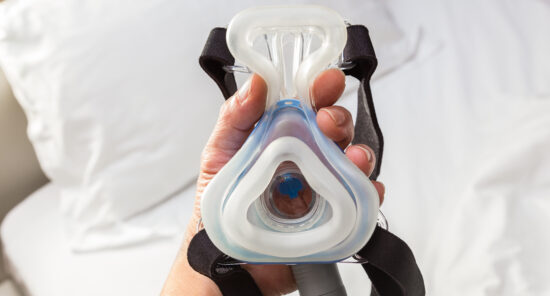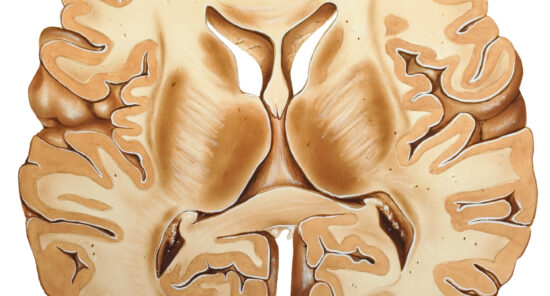Credit: Original article published here.Researchers, led by R. Nisha Aurora, MD, MHS, cited glycemic variability is linked to increased cardiovascular disease risk among patients with type 2 diabetes, regardless of glycosylated hemoglobin (HbA1c) levels. Additionally, studies on positive airway pressure (PAP) therapy for obstructive sleep apnea (OSA) have produced inconsistent findings regarding its effects on HbA1c levels. Dr. Aurora and colleagues sought to determine if PAP therapy improved glycemic variability in patients with moderate-to-severe OSA and type 2 diabetes. Overall, they reported PAP therapy did not appear to improve glycemic control or variability in this patient population. The study was presented in Chest. PAP Therapy Did Not Improve Glycemic Measures The authors’ randomized controlled trial enrolled 184 patients with type 2 diabetes and OSA . Participants were randomized to lifestyle counseling with or without PAP therapy for 3 months. The primary end points were standard deviation of glucose levels, additional continuous glucose monitoring (CGM) values, and self-monitored blood glucose. According to the report, the cohort’s average use of PAP therapy was 5.4 ± 1.6 hours per night. Overall, researchers found no significant differences between the 2 groups for any primary or secondary CGM end points; however, exploratory analyses found some
Credit: Original article published here.In a recent study, published in Frontiers in Neurology, researchers examined cortical thickness in patients with obstructive sleep apnea (OSA) to assess brain structure changes related to excessive daytime sleepiness associated with OSA. The team used surface-based morphometry (SBM) to identify potential thinning of the cortex in a population of middle-aged, male patients. The study’s co-lead authors, Yezhou Li and Jing Wang, reported subjective daytime sleepiness was associated with a decrease in cortical thickness, potentially leading to cognitive impairment. The researchers also noted the Epworth Sleepiness Scale (ESS) score might be a functional clinical marker of brain injury in patients with OSA. Daytime Sleepiness May Mark Brain Degradation in OSA Between August 2020 and June 2021, investigators enrolled 61 male patients from a single sleep center who had newly diagnosed OSA and were aged 25 to 60 years. Polysomnography and structural MRI assessments were performed on each participant, and ESS score was used to identify patients with excessive daytime sleepiness. Notably, compared to patients without excessive daytime sleepiness, investigators found the cortical thickness of patients with OSA and sleepiness was markedly reduced in the left temporal lobe, frontal lobe, parietal lobe, and bilateral pre- and postcentral gyri
Credit: Original article published here.According to a study, obstructive sleep apnea (OSA) is associated with increased incidences of atrial fibrillation and other adverse cardiovascular events. Researchers, led by Nitesh Sood, compared rivaroxaban and warfarin in patients with nonvalvular atrial fibrillation (NVAF) and concomitant OSA. The investigators found rivaroxaban showed a similar risk for stroke or systemic embolism (SSE) compared with warfarin; however, rivaroxaban was associated with fewer intra- and extracranial bleeding-related hospitalizations. The findings were published in TH Open. Additional Benefits With Rivaroxaban Versus Warfarin Researchers analyzed electronic health records total of 21940 patients on rivaroxaban and 38213 on warfarin from November 2010 to December 2021. All patients had NVAF and OSA and initiated first-time rivaroxaban or warfarin at enrollment. The primary end points were incidence of SSE and bleeding-related hospitalization. Rivaroxaban had a similar risk of SSE compared with warfarin (hazard ratio [HR], 0.92; 95% CI, 0.82-1.03) among patients with NVAF and OSA. Notably, rivaroxaban provided additional benefits with reductions in any bleeding-related hospitalizations (HR, 0.85; 95% CI, 0.78-0.92), intracranial bleeding (HR, 0.76; 95% CI, 0.62-0.94), and extracranial bleeding (HR, 0.89; 95% CI, 0.81-0.97). Authors conducted a sensitivity analysis on just patients with prespecified CHA2DS2VASc scores and estimated reductions




